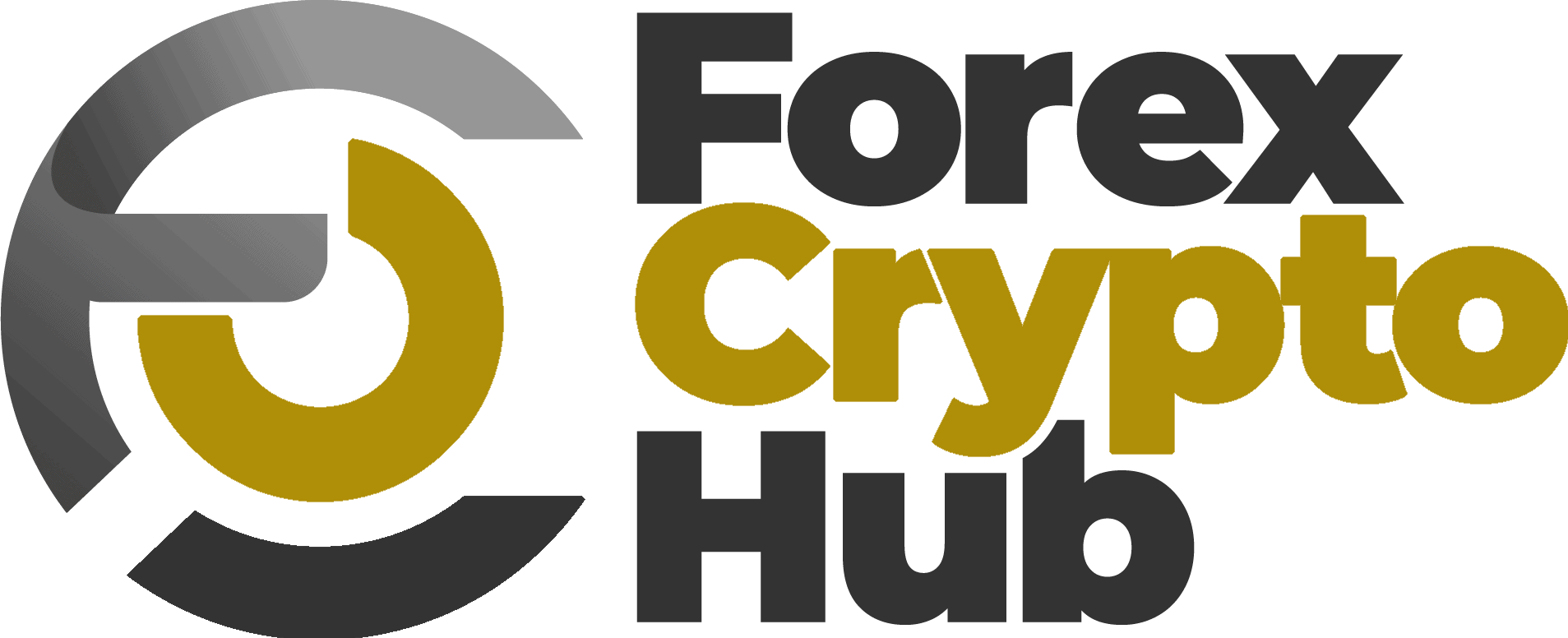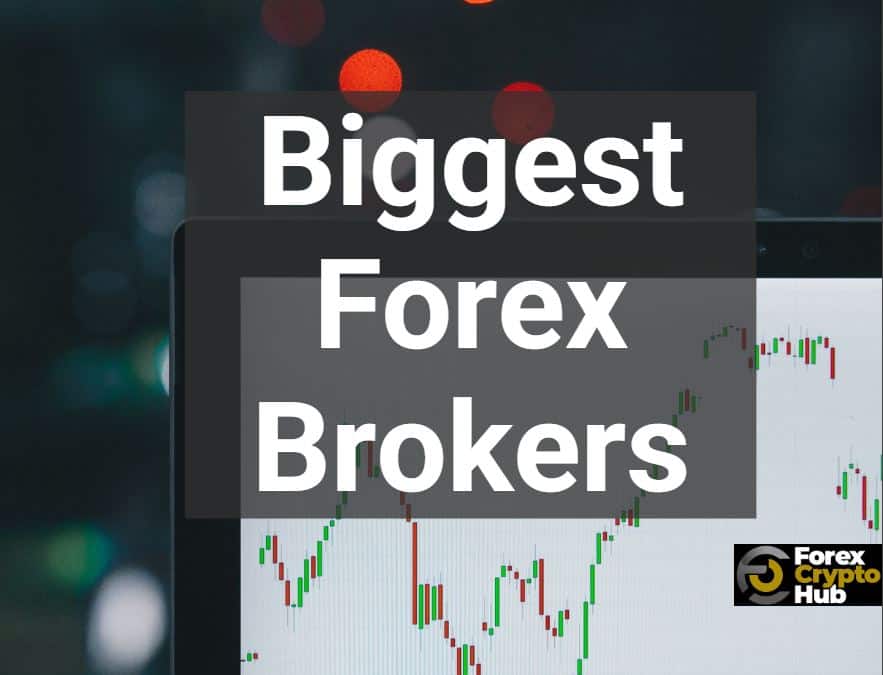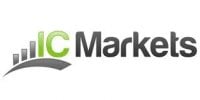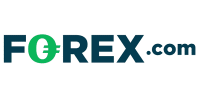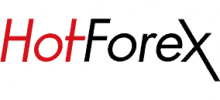The foreign exchange (forex) market remains the largest and most liquid financial market globally, with a daily trading volume exceeding $7.5 trillion as of 2022, according to the Bank for International Settlements (BIS). This figure is expected to grow in 2025, driven by technological advancements, increased retail participation, and the rise of digital trading platforms. Before diving into the largest forex brokers by trading volume, let’s clarify what a forex broker is and why their role is critical in this dynamic market.
Table of Contents
What Is a Forex Broker?
A forex broker is a financial services company that provides traders with access to platforms for buying and selling foreign currencies. Operating in a decentralized, over-the-counter (OTC) market, brokers act as intermediaries between traders and liquidity providers, such as banks and financial institutions.
They offer trading platforms, analytical tools, leverage, and account management services to facilitate currency trading. The global forex market operates 24 hours a day, five days a week, and is dominated by major currency pairs from the G10 countries: United States (USD), Eurozone (EUR), United Kingdom (GBP), Japan (JPY), Australia (AUD), New Zealand (NZD), Canada (CAD), Switzerland (CHF), Norway (NOK), and Sweden (SEK). Emerging market currencies, like the Chinese yuan (CNY), are also gaining traction.
In 2025, the forex industry is shaped by trends such as mobile trading (55% of traders use mobile apps), the dominance of MetaTrader 4 (used by 85% of traders), and the growing adoption of artificial intelligence (AI) and algorithmic trading.
Regulatory oversight remains crucial, with top-tier regulators like the U.S. Commodity Futures Trading Commission (CFTC), UK Financial Conduct Authority (FCA), and Australian Securities and Investments Commission (ASIC) ensuring trader protection.
Who Are the Biggest Forex Brokers in 2025?
Top 5 Forex Brokers by Daily Trading Volume (2025 Estimates)
|
Broker
|
Daily Trading Volume
|
Primary Regulation
|
Headquarters
|
|---|---|---|---|
|
IC Markets
|
~$30 Billion
|
ASIC, CySEC, FSA
|
Australia
|
|
Exness
|
~$20 Billion
|
FCA, CySEC, FSCA
|
Cyprus
|
|
Forex.com
|
~$18.6 Billion
|
CFTC, NFA, FCA
|
United States
|
|
XM Group
|
~$16.1 Billion
|
ASIC, CySEC, IFSC
|
Cyprus
|
|
Saxo Bank
|
~$14.8 Billion
|
FCA, FINMA, ASIC
|
Denmark
|
Volumes are estimates based on 2022–2024 data and market trends.
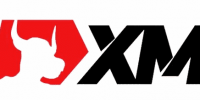
| Broker Type | Market Maker |
| Regulations | IFSC, CySec, ASIC |
| Min Deposit | $5.00 |
| Account Base Currency | USD, EUR, GBP, JPY, CHF, AUD, RUB, PLN, HUF, SGD, ZAR |
| Max Leverage | 888:1. *Leverage depends on the entity of the group and the financial instrument traded. |
| Trading Platforms | Metatrader 4/5, Webtrader |
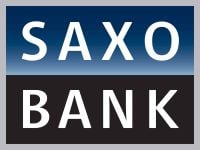
| Broker Type | Market Maker |
| Regulations | ASIC, FINMA, FCA, JFSA, ACPR |
| Min Deposit | $10,000.00 |
Account Base Currency | AED AUD CAD CHF CNH CZK DKK EUR GBP HKD HUF ILS JPY MXN NOK NZD PLN RON RUB SEK SGD ZAR TRY USD |
| Max Leverage | 50:1. |
| Trading Platforms | SaxotraderGO/PRO, Webtrader |
Broker Profiles
1. IC Markets
- Broker Type: ECN (Electronic Communication Network)
- Regulations: ASIC (Australia), CySEC (Cyprus), FSA (Seychelles)
- Minimum Deposit: $200
- Account Base Currencies: USD, AUD, EUR, GBP, CAD, JPY, NZD, CHF, SGD, HKD
- Maximum Leverage: Up to 500:1 (varies by region; EU clients limited to 30:1)
- Trading Platforms: MetaTrader 4, MetaTrader 5, cTrader, WebTrader, API Trading, MAM/PAMM
- Daily Trading Volume: ~$30 Billion (2025 estimate)
Overview: IC Markets remains the largest forex broker by trading volume, serving over 200,000 active clients across 200 countries. Known for low spreads (as low as 0.0 pips on major pairs) and fast execution, it caters to high-frequency traders and scalpers. Its ECN model ensures direct market access, minimizing conflicts of interest. In 2025, IC Markets has expanded its crypto CFD offerings and enhanced its mobile app with AI-driven analytics.
2. Exness
- Broker Type: Market Maker/ECN
- Regulations: FCA (UK), CySEC (Cyprus), FSCA (South Africa), CMA (Kenya)
- Minimum Deposit: $10 (varies by account type)
- Account Base Currencies: USD, EUR, GBP, JPY, AUD, ZAR, and more
- Maximum Leverage: Up to 2000:1 (unlimited in some regions; EU clients 30:1)
- Trading Platforms: MetaTrader 4, MetaTrader 5, Exness Terminal, WebTrader
- Daily Trading Volume: ~$20 Billion (2025 estimate)
Overview: Exness has surged in popularity due to its high leverage, low spreads, and diverse asset offerings, including forex, crypto, and commodities. In 2025, it introduced negative balance protection across all accounts and expanded its presence in Africa and Asia. Exness’s proprietary platform, Exness Terminal, has gained traction for its user-friendly interface.
3. Forex.com
- Broker Type: Market Maker
- Regulations: CFTC, NFA (USA), FCA (UK), ASIC (Australia)
- Minimum Deposit: $100
- Account Base Currencies: USD, CAD, GBP, EUR
- Maximum Leverage: 50:1 (USA); 30:1 (EU)
- Trading Platforms: FOREX.com Platform, MetaTrader 4, MetaTrader 5, TradingView
- Daily Trading Volume: ~$18.6 Billion
Overview: A subsidiary of StoneX Group Inc. (NASDAQ: SNEX), Forex.com is a leading U.S. broker with a global presence. It offers 80+ currency pairs and tight spreads (0.0 pips on RAW accounts). In 2025, Forex.com enhanced its Active Trader Program, offering volume-based rebates and VIP perks like 4% APY interest on account balances. Its integration with TradingView has attracted tech-savvy traders.
4. XM Group
- Broker Type: Market Maker
- Regulations: ASIC (Australia), CySEC (Cyprus), IFSC (Belize), DFSA (UAE)
- Minimum Deposit: $5
- Account Base Currencies: USD, EUR, GBP, JPY, CHF, AUD, RUB, PLN, HUF, SGD, ZAR
- Maximum Leverage: Up to 1000:1 (non-EU); 30:1 (EU)
- Trading Platforms: MetaTrader 4, MetaTrader 5, WebTrader
- Daily Trading Volume: ~$16.1 Billion
Overview: XM Group is known for its low entry barriers and beginner-friendly platform. It serves over 5 million clients globally and offers extensive educational resources. In 2025, XM introduced AI-powered trade signals and expanded its social trading features, appealing to retail traders. Its no-requotes policy ensures reliable execution.
5. Saxo Bank
- Broker Type: Market Maker
- Regulations: FCA (UK), FINMA (Switzerland), ASIC (Australia), JFSA (Japan)
- Minimum Deposit: $2,000 (varies by region)
- Account Base Currencies: AED, AUD, CAD, CHF, CNH, CZK, DKK, EUR, GBP, HKD, HUF, ILS, JPY, MXN, NOK, NZD, PLN, RON, RUB, SEK, SGD, ZAR, TRY, USD
- Maximum Leverage: 50:1 (varies by region)
- Trading Platforms: SaxoTraderGO, SaxoTraderPRO, API Trading
- Daily Trading Volume: ~$14.8 Billion
- Overview: Saxo Bank targets professional traders with its premium platform and access to 100+ currency pairs. Its SaxoTraderPRO platform offers advanced charting and algorithmic trading. In 2025, Saxo expanded its ESG (Environmental, Social, Governance) investment options and strengthened its API integrations for institutional clients.
Largest Forex Brokers by Region in 2025
The U.S. forex market is the second-largest globally, with a daily turnover of $1.021 trillion in October 2023. Strict regulations by the CFTC and NFA limit leverage to 50:1 and prohibit offshore brokers from accepting U.S. clients, creating an isolated market. This has led to consolidation, with Forex.com (owned by StoneX) dominating after acquiring FXCM.
Top U.S. Brokers
Broker | Daily Trading Volume | Market Cap | Key Features |
|---|---|---|---|
Forex.com | $18.6 Billion | Part of StoneX ($54B revenue) | RAW spreads, TradingView integration |
OANDA | $12.8 Billion | N/A | Competitive spreads, 68+ pairs, CFTC-regulated |
Interactive Brokers | $10.7 Billion | $20.36 Billion | Institutional-grade tools, 100+ markets |
- Notable Trends: In 2025, U.S. brokers are focusing on mobile trading apps and social trading features. OANDA’s integration with TradingView and Forex.com’s Active Trader Program are standout offerings. Interactive Brokers appeals to professionals with its Trader Workstation (TWS) platform but may be complex for beginners.
Europe
Europe hosts the largest forex market, with London accounting for 38% of global turnover ($2.93 trillion daily in October 2023). Brokers in Cyprus (CySEC) and the UK (FCA) dominate, benefiting from MiFID II compliance, which ensures transparency and investor protection.
Top European Brokers by Volume
Broker | Daily Trading Volume | Market Cap | Key Features |
|---|---|---|---|
XM Group | $16.1 Billion | N/A | Low deposit ($5), beginner-friendly |
Saxo Bank | $14.8 Billion | N/A | Premium platform, 100+ pairs |
IG Group | $8.2 Billion | $2.93 Billion | Publicly traded, regulated in Switzerland |
AvaTrade | $9.4 Billion | N/A | Social trading, educational tools |
- Notable Trends: European brokers are investing in AI-driven analytics and copy trading. IG Group’s acquisition of tastytrade (now tastyfx for U.S. clients) has strengthened its global presence. AvaTrade’s focus on beginners and eToro’s social trading platform continue to attract retail traders.
Some European brokers have managed to go global, as well as their base of operations spanning different continents.
The European brokers are specifically used by countless traders all around the world in places such as Asia, Africa, Middle East and Latin America, and have attracted a lot of growth due to their international operations.
Australia
Australia’s forex market is regulated by ASIC, known for its stringent standards. Australian brokers like IC Markets and Pepperstone have a global reach, offering high leverage (up to 500:1) and competitive spreads.
Top Australian Brokers by Volume
Broker | Daily Trading Volume | Market Cap | Key Features |
|---|---|---|---|
IC Markets | $30 Billion | N/A | ECN model, 0.0 pips spreads |
Pepperstone | $8.0 Billion | N/A | Ultra-tight spreads, cTrader |
AxiTrader | $6.0 Billion | N/A | Low latency, VPS hosting |
Notable Trends: IC Markets leads with its ECN model and crypto CFDs. Pepperstone’s focus on high-frequency trading and AxiTrader’s VPS hosting appeal to algorithmic traders. In 2025, ASIC’s regulatory oversight continues to enhance trader trust.
Rest of the World
Brokers in jurisdictions like Seychelles, Belize, and the British Virgin Islands serve traders in Asia, Africa, and Latin America. These brokers often offer higher leverage but may have less stringent regulations.
Top Brokers by Volume (Rest of the World)
Broker | Daily Trading Volume | Market Cap | Key Features |
|---|---|---|---|
Exness | $20 Billion | N/A | Unlimited leverage, fast withdrawals |
Hot Forex (HF Markets) | $13.8 Billion | N/A | High leverage, diverse assets |
IFC Markets | $9.1 Billion | N/A | Synthetic instruments, low deposit |
- Notable Trends: Exness’s unlimited leverage (in non-EU regions) and Hot Forex’s expansion in Africa are driving growth. IFC Markets’ synthetic instruments allow traders to create custom assets, a unique feature in 2025.
Global Forex Market Trends in 2025
Rise of Mobile Trading: 55% of forex traders use mobile apps, with brokers like Forex.com and OANDA enhancing their platforms for on-the-go trading.
AI and Algorithmic Trading: 49% of traders believe AI will improve decision-making. Brokers like Saxo Bank and IC Markets offer AI-driven tools and API integrations.
Regulatory Shifts: Stricter regulations in the EU (MiFID II) and U.S. (CFTC) limit leverage, while emerging markets like the UAE see relaxed rules, attracting retail traders.
Crypto Integration: Brokers like Exness and XM Group have expanded crypto CFDs, capitalizing on the growing overlap between forex and cryptocurrency markets.
Sustainability Focus: Saxo Bank and Interactive Brokers offer ESG-focused trading options, aligning with global demand for sustainable investments.
Choosing the Right Forex Broker
Regulation: Opt for brokers regulated by Tier-1 authorities (FCA, ASIC, CFTC) for maximum security.
Trading Costs: Compare spreads, commissions, and overnight fees. IC Markets and Pepperstone offer ultra-low spreads for high-frequency traders.
Platform: MetaTrader 4/5 dominates, but proprietary platforms like SaxoTraderPRO or Forex.com’s platform offer unique features.
Leverage: High leverage (e.g., Exness’s 2000:1) suits experienced traders, but beginners should use caution due to risk.
Global Reach: Brokers like XM Group and AvaTrade support diverse currencies and languages, ideal for international traders.
Risks of Forex Trading
Leverage: High leverage amplifies both profits and losses. In the EU, 80% of retail traders lose money due to leverage and market volatility.
Scams: Unregulated brokers may promise guaranteed returns. Always verify a broker’s license with regulators like the FCA or CFTC.
Market Volatility: Geopolitical events and economic data releases can cause rapid price swings.
Counterparty Risk: A broker’s insolvency could jeopardize your funds. Choose well-capitalized brokers like Forex.com or Interactive Brokers.
Conclusion: Who Are the Largest Brokers in 2025?
About This Article
Author: Mark Prosz
Sources of information and credits for this post include: Various brokers as listed in this article.
